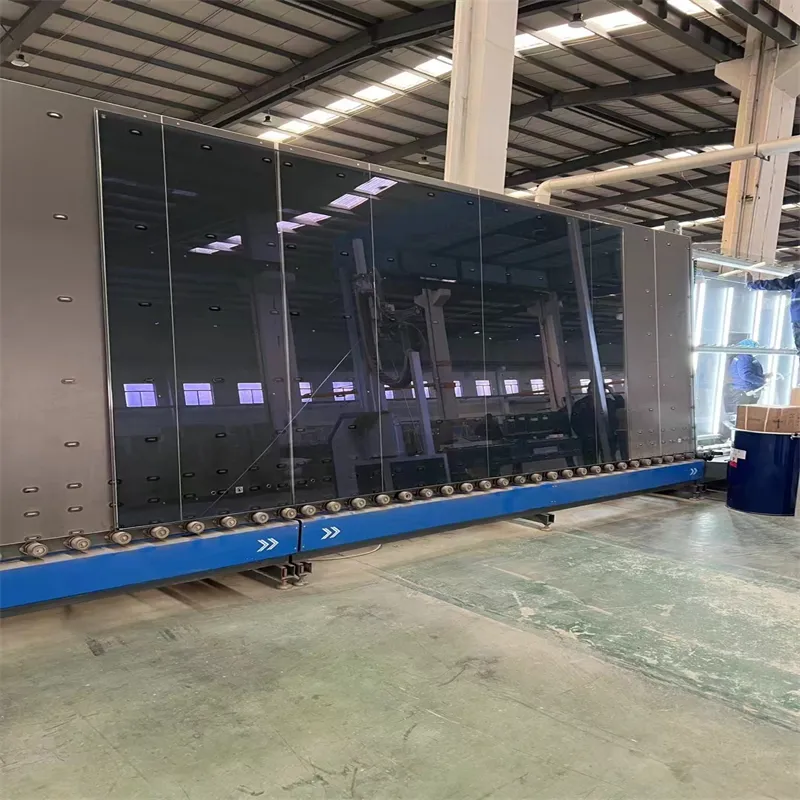Dec . 10, 2024 09:57 Back to list
float glass panels
The Rise of Float Glass Panels A Modern Architectural Marvel
In contemporary architecture, float glass panels have become a key element, revolutionizing the way buildings are designed and constructed. Offering a perfect blend of aesthetics, functionality, and sustainability, these glass panels are not only a practical choice but also contribute significantly to the overall ambiance of modern structures.
What are Float Glass Panels?
Float glass panels are produced through the float process, which involves melting silica, soda ash, and limestone at extremely high temperatures. The molten glass is then poured onto a bed of molten tin, where it spreads and forms a flat surface. This innovative method results in glass that is flawless, uniform in thickness, and offers unmatched clarity. The term float refers to the way the glass floats on the molten tin, providing a smooth, even surface ideal for various applications, particularly in architecture.
Advantages of Float Glass Panels
1. Clarity and Aesthetics One of the most significant advantages of float glass panels is their impressive clarity. They allow for maximum light transmission, creating vibrant, well-lit spaces while enhancing the visual appeal of buildings. Architectural designs incorporating large glass panels contribute to a modern, sleek appearance, making structures more inviting and visually striking.
2. Thermal Performance Float glass panels can be treated to enhance their thermal performance. Low-emissivity (Low-E) glass, for instance, reflects infrared energy, which helps in regulating indoor temperatures. This characteristic not only improves comfort but also reduces energy consumption, making buildings more eco-friendly.
3. Versatility Float glass panels can be utilized in various applications, including windows, facades, skylights, and interior partitions. Their versatility makes them an ideal choice for architects who seek to push the boundaries of conventional design. Whether used in residential homes, commercial buildings, or skyscrapers, float glass panels can adapt to any context.
4. Safety and Durability Safety is paramount in building design. Float glass can be tempered or laminated to enhance its strength and durability, making it resistant to impact and breakage. This aspect is crucial in high-traffic areas or in buildings that require high levels of durability. Moreover, laminated glass provides additional safety by holding shards together in case of breakage, reducing the risk of injury.
float glass panels

5. Sustainability In an era where sustainability is a critical concern, float glass panels offer eco-friendly benefits. The manufacturing process can incorporate recycled materials, and their durability reduces the need for frequent replacements. Furthermore, their ability to harness natural light minimizes reliance on artificial lighting, contributing to lower energy consumption.
Applications in Modern Architecture
Float glass panels have found their way into various architectural styles and functions. In office buildings, large glass facades create transparent environments that foster collaboration and innovation. In residential architecture, expansive glass walls blur the lines between indoor and outdoor living, providing homeowners with breathtaking views and natural light.
Moreover, in cultural institutions like museums and galleries, float glass is used to create unobtrusive displays that allow artworks to take center stage. In commercial spaces, glass storefronts invite customers in while showcasing products effectively.
Future Trends
As technology continues to evolve, the future of float glass panels looks promising. Innovations in smart glass technology, which incorporates special coatings to control heat and glare dynamically, are on the horizon. Additionally, as sustainability becomes increasingly important, we can expect further advancements in energy-efficient glass solutions that reduce the carbon footprint of buildings.
Conclusion
Float glass panels are more than just architectural elements; they are a testament to the progress of modern design. By merging aesthetics with functionality, these panels have reshaped our built environment, providing sleek, safe, and sustainable solutions that enhance the quality of life in urban spaces. As we look to the future, the role of float glass in architecture will undoubtedly grow, symbolizing a commitment to innovation and a sustainable future in construction. Whether you admire a gleaming skyscraper or a cozy home bathed in light, the influence of float glass panels is evident in the beauty and functionality of contemporary architecture.
-
Safety and Style with Premium Laminated Glass Solutions
NewsJun.24,2025
-
Reinvents Security with Premium Wired Glass
NewsJun.24,2025
-
Premium Float Glass Line for Modern Architecture
NewsJun.24,2025
-
Low Emissivity Glass for Energy-Efficient Architecture
NewsJun.24,2025
-
High-Performance Insulated Glass Solutions for Modern Architecture
NewsJun.24,2025
-
Elevates Interior Style with Premium Silver Mirror
NewsJun.24,2025
Related PRODUCTS














